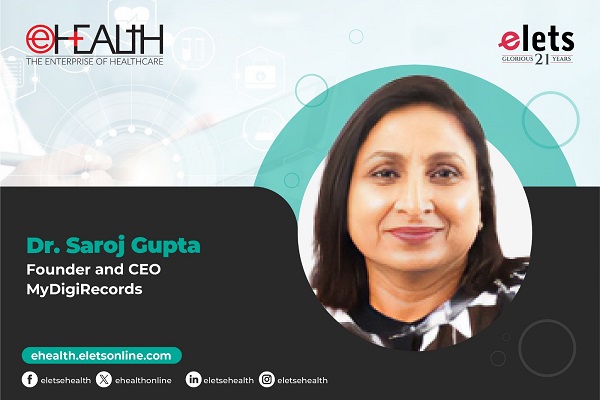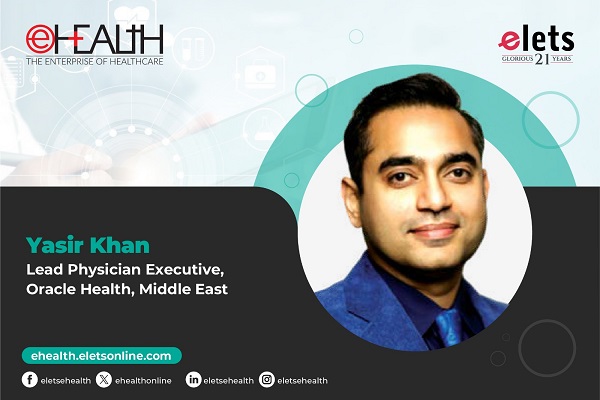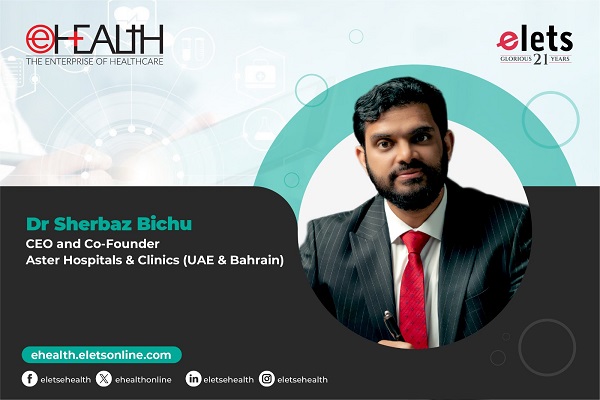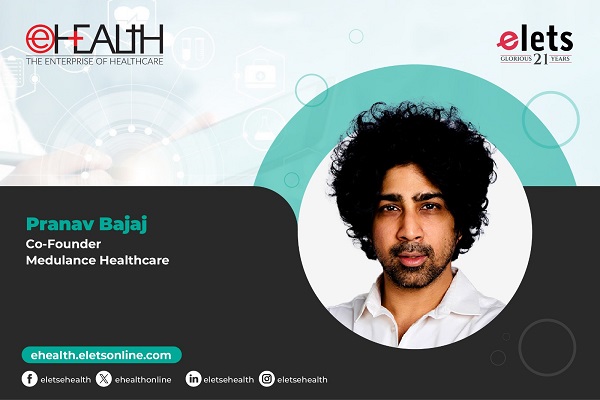How has been your experience since you took over as the utive Director of EHIRC last year? What were the key challenges in the initial days, particularly in the wake of public controversy in relation to the exit of the former ED?
When some eminent personalities leave, it becomes very challenging for the people left behind to keep the hospitals image at the same plane or take it forward. The real challenge is to keep the institution at the pre-eminent level it had always remained, divorced from any individuals identity. We had to work hard with the people in the hospital devising methodologies and strategies to keep the hospital at the top. When some people with great renown leave, it becomes very difficult for the remaining people and it is a great challenge to keep the institutions eminence at the same level or take it forward. However, the ideal situation is when we concentrate keep working hard on the clinical and research aspects, and deliver the same quality in patient cure so that the public perception of the hospital remains the same or is better than before.
Escorts Heart Institute & Research Centre (EHIRC) is known to be a world-renowned pioneer in cardiac care and research. Kindly give us a overview of major innovations and achievements of EHIRC since its inception.
EHIRC was one of the first major state of the art hospitals in the country and indeed is world-renowned. It introduced many new procedures – interventional cardiology, non-invasive cardiology. It was the first to focus on Angioplasty, new technologies of Angioplasty and so on. Apart from that, we were the first to make a separate lab. Then I was the first one to implant an ICD in the country in 1995. Again, in the year 2000, I was the first one to implant a heart failure device (cardiac resynchronisation therapy – CRT). In 2002, I was the first to implant a combo device – a cardiac resynchronisation therapy with a defibrillator. We introduced these things in the Electro physiology. On the surgical side too, we have many firsts such as minimal invasive surgery.

EHIRC remains one of the major paediatric cardiac surgery speciality facilities with the largest number of patients – we have a dedicated team of paediatric cardiologists and surgeons. This kind of surgery is a challenge because of the fragile condition of the small and very ill babies flown in from all over India and even neighbouring countries such as Bangladesh and Pakistan.
EHIRC too has introduced in the country what we call the community outreach programs. We see the patients free of charge, do free investigations and give educational lectures on how to prevent heart disease. We cover mostly the northern and central parts of India. However, it is a huge area that we have covered, having gone as far as Assam and the southern-most part of Madhya Pradesh and Rajasthan. We have even gone up to Kargil, and the remote villages of Jammu & Kashmir.
EHIRC is known to be providing tele-cardiology and remote consultation services for other hospitals across the country. How many hospitals and patients are currently benefiting from your services and what is the operational model for tele-consultation?
When we talk of ICTs, there are two uses of it in telemedicine. One is when we monitor patients from a different geographical location, using devices that can be placed on the chest, which record the ECG and have that data sent to the EHIRC central terminal, where one doctor is always available to diagnose the data, and the patient too can speak with the doctor.

Another is when someone wants to take an opinion from our doctors; in this case, we have an audio as well as video conferencing facility, so there is a direct real time interaction between the doctor and patient. These are two tele-medical projects we try to provide in our network hospitals as well as others. We use trans-telephonic ECG monitoring systems in these tele-consultation projects, manufactured in Israel.
What according to you is the scope of using telemedicine in India? And what has EHIRC planned to do to make it more widely available?
There is much more scope of using telemedicine in India than other places, since the patients in the far-flung areas of India will then have access to good quality care without having to travel far.
In fact, if this can be done with some kind of a Public Private Partnership model, where the government provides some kind of help to acquire the equipment at the primary healthcare centre which can be linked to the bigger hospitals, then we can advice the local doctors about the diagnosis and procedures. This has not happened so far but now could be good time to start. We have thought about approaching the Ministry of Telecommunication regarding this.
Last year EHIRC announced a total outlay of INR 30 crores for modernising technology infrastructure and facilities. How did you plan to embark on the modernisation process? What new medical technologies and IT systems are you deploying?
We have already purchased a new, fully equipped Electro physiology Lab, one of the latest in the country. We also had a new gamma camera installed last year, and are in the process of upgrading the Cath Labs to the latest levels.
We are moving towards a more paperless environment by using Electronic Medical Records. Our Labs are connected to the patient wards and nurses stations; all the results are put on the computer systems right away, which, gives access to the staff, so nobody has to go from one place to another to see the reports.
Kindly brief us about your role as the Chief Patron of the Association of Clinical Biochemists of India.
I do not have any direct connection with the Association as such, but of course clinical biochemistry is a new area, if the biochemists also interact with the patient they understand the value of the tests, EHIRC would like to see our Biochemists take the lead in the systems, education, research, and increased interaction with the clinicians.
How do you foresee the healthcare domain as a market?
I definitely see a huge need for investments in the healthcare field. If you look at the possible future requirements, they are large. Medical services have developed in the main metropolitan cities, now there is a shift in focus for hospital to move into class B and C cities.
Therefore, one sees a great necessity for investments and I think big hospitals have already seen the opportunities and the big industrial houses too have already started investing in healthcare. Even people have realised the need for better services. Medical requirements are permanent and this service faces no seasonal effect of course. Thus it makes sense being part of it also.
I feel the biggest challenge is to provide Medicare to the lower middle class and the class below that, since these classes will not be able to afford the private hospitals, which provide the quality. So until there is some sort of insurance for all, that will remain a big challenge.
What is your vision for the future of EHIRC in terms of attaining the next level of excellence? Do you have plans to expand to other parts of the country?
Keep this hospital par-excellence in terms of clinical research and development; take it from strength to strength. We already have an Escorts-Fortis network around the country, such as in Amritsar, Jaipur, Mumbai and Chennai. We are also looking at opportunities in other regions across the country. There is a possibility of starting a hospital in Jammu & Kashmir and one in Lucknow perhaps, a Medicity with a medical institute as well.
I would also like to go to the rural areas and increase health awareness, by way of education through the camps, which we hold regularly.
Last, but not least I wish to remain a humble human being and doctor more than anything else and not chase monetary gratification. 
Be a part of Elets Collaborative Initiatives. Join Us for Upcoming Events and explore business opportunities. Like us on Facebook , connect with us on LinkedIn and follow us on Twitter , Instagram.












